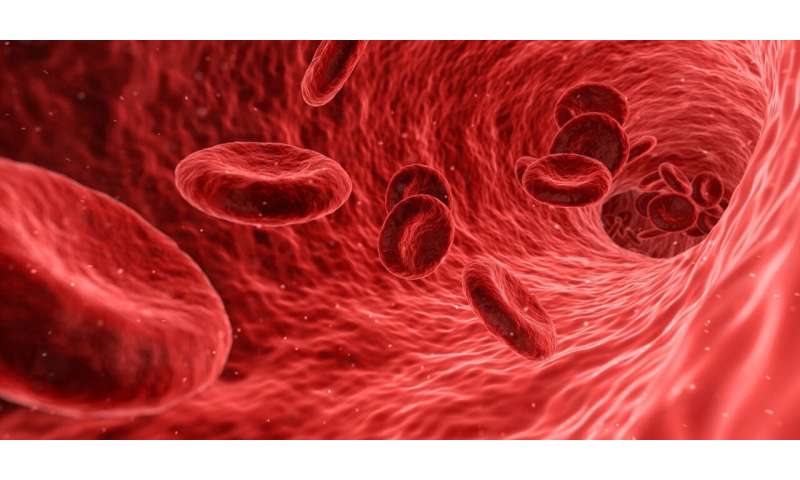
International research led by the Radboud University Medical Center shows that a full blood count of COVID-19 patients predicts fairly accurately whether the infection will have a complicated course or not. This makes it easier for healthcare providers to estimate the expected clinical picture. This study, conducted in eleven hospitals, has now been published in the scientific journal eLife.
In patients presenting to hospitals with a COVID-19 infection, full blood count analysis (hemocytometry) are commonly performed at the emergency department and during hospitalization. COVID-19 is accompanied by specific changes in the circulating blood cells that are analyzed by a full blood count. These changes in the blood cells, especially those that can be identified using new techniques, are used to create an algorithm with a predictive value. The developed algorithm appears to predict the course of COVID-19 better than the value of the individual blood cells, as used so far. The reliability increases to 93% after six days.
Predicting disease progression
Using data generated by full blood count measurements, the researchers wanted to know whether it is possible to predict whether a hospitalized COVID-19 patient will become seriously ill and needs treatment at the Intensive Care. For this purpose, they examined the data of 982 adult patients in eleven different hospitals across Europe. And this turned out to be possible: specific changes in the circulating blood cells of COVID-19 patients proved to be of use as indicators whether a serious course of events was expected. New laboratory techniques make it possible to detect whether immune cells in the blood are activated and it turned out that especially these activated cells were more present of COVID-19 patients with a severe course, including during the early course of the disease. In a second study population the researchers were able to confirm the value of the prognostic score.
Cheap and available
Source: Read Full Article
